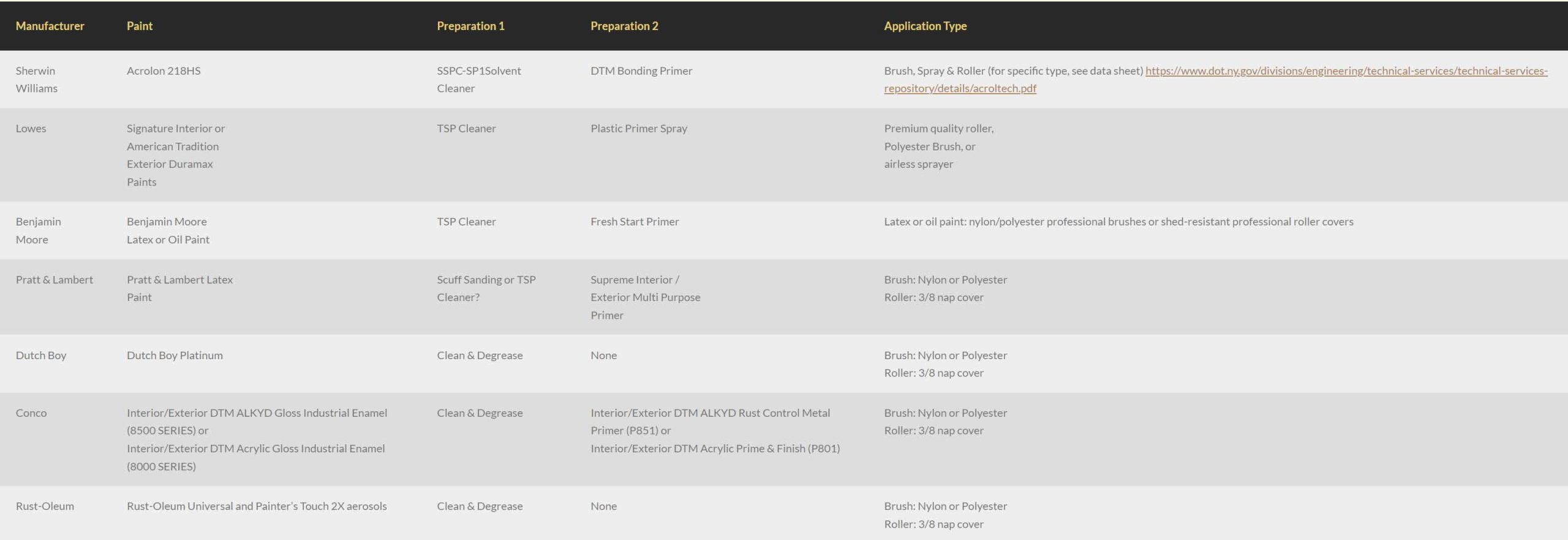If you are planning to install glue up tiles to your ceiling, you need to make sure your ceiling is clean. We recommend that you apply a fresh coat of primer or paint on the ceiling before the panels are installed. Also, be sure to clean the back of each panel with rubbing alcohol before applying adhesive. Acceptable substrates are drywall, plaster or clean, smooth tile (glazed, porcelain type tile; not porous or textured). Any damaged, loose or uneven areas must be repaired, patched, leveled and primed. Fill cracks and irregularities with wallboard compound or spackling, then sand smooth with fine-grade sandpaper. Any porous material like highly textured drywall, plywood (or any raw wood without primer), and wallpaper unless removed, sanded and primed, will result in adhesive failure.
To cut the ceiling tiles use a utility knife, scissors or a tin snips.
The preferred method for installing Glue-Up ceiling panels is to apply the adhesive directly to the back of the panels. You can apply tube adhesive in a “X” or “M” pattern in a 1/8-inch bead or use use a notched trowel (1/4 x 1/4 x 3/4) and spread the adhesive evenly on the panel. Keep adhesive 1/2-inch from the panel edge. ACP, the manufacturer of Fasade recommends using Manus adhesive. Do not use double-sided tape to install ceiling panels.
When gluing up the ceiling panels, you will need 1 (10.5 oz) tube for two 2×4 tiles.
J-Trim is a 4 piece that is available to you to use along the edge of your ceiling. The trim is not required, but does give your ceiling a nice, finished look. The trim pieces are available in the same colors as the tiles. without trims.
Once you have your ceiling installed, the tiles can be cleaned with warm soapy water. Any harsh abrasives or chemicals will damage the finish on the tiles.
Fasade panels can be installed in a shower ceiling, but not on shower walls.
To install your ceiling panels, you will need the following:
Tape Measure
Tin Snips or Scissors
Caulking gun or 1/4-notched trowel
Utility Knife
Steel Straight Edge
Adhesive (Manus)
Permanent Marker
If some of the adhesive has dried on the finish side of the panels, you can use mineral spirits to remove it. This is the only solvent that can be used that will not damage the finish on the tile. It is best to remove any excess adhesive immediately using a damp cloth. Allowing excess adhesive to dry on the finished side of the panel may harm the finish
Any type of lighting that can be used with a drywall ceiling can be used with Fasade. Whichever type of light you choose, you must make sure that the weight of the light fixture is supported by and independently mounted on the T-bar grid system or structural framing and not the tiles.
If sag or lift is an issue, hold-down clips can be utilized or we recommend that the panels are installed underneath a mineral board ceiling tile or some other material. You can use old mineral board tiles or purchase an economical mineral board tile for this purpose. THIS IS NOT A REQUIREMENT.
Yes, as long as you are using the glue-up ceiling tiles you are able to use finishing nails. We recommend spacing the nails every 6 inches to avoid a ripple effect. Please note that the nails will be more noticeable when used with certain styles and finishes.
Yes, you can use on the interior of your camper. We recommend making sure to use plenty of adhesive make sure road vibrations and temperature swings are not a problem.
You may see a warning on this product regarding California’s Proposition 65, the Safe Drinking Water and Toxic Enforcement Act of 1986. It is intended to help Californians make informed decisions about protecting themselves from chemicals known to cause cancer, birth defects or other reproductive harm. The Proposition requires the state to maintain and update a list of chemicals known to the state to cause cancer or reproductive toxicity.
Proposition 65 is designed to inform consumers. This is not the same as a regulatory decision that a product is “safe” or “unsafe”. Our products emit no volatile organic compounds (VOC’s) and are in no way harmful if the product is used for its intended purpose. At Acoustic Ceiling Products, customer satisfaction is our number one priority and we will be happy to provide any additional information, technical specs or data you may need on any of our products.
Yes. Our Matte White ceiling panels are paintable.
To paint our white ceiling panels, the recommended paint and preparation steps are below. For proper adhesion, be sure to complete both preparation steps:
Unfortunately, no. Fasade panels are made of PVC plastic which can handle high humidity rooms, kitchens, dining rooms, bedrooms, bars, basements, bathrooms, and family rooms. We do not recommend installing the panels in non-temperature-controlled areas or outside (outdoor patio, garage) because the panels are not designed for exterior use or extreme weather conditions. The panels may expand and contract in extreme hot and cold temperature swings causing the panel deformity. The adhesive bond may also fail as it freezes & thaws or reaches high temperatures exceeding 100 degrees. Additionally, UV rays will cause the panels’ coloration to fade, so we do not recommend installing the panels in direct sunlight.
